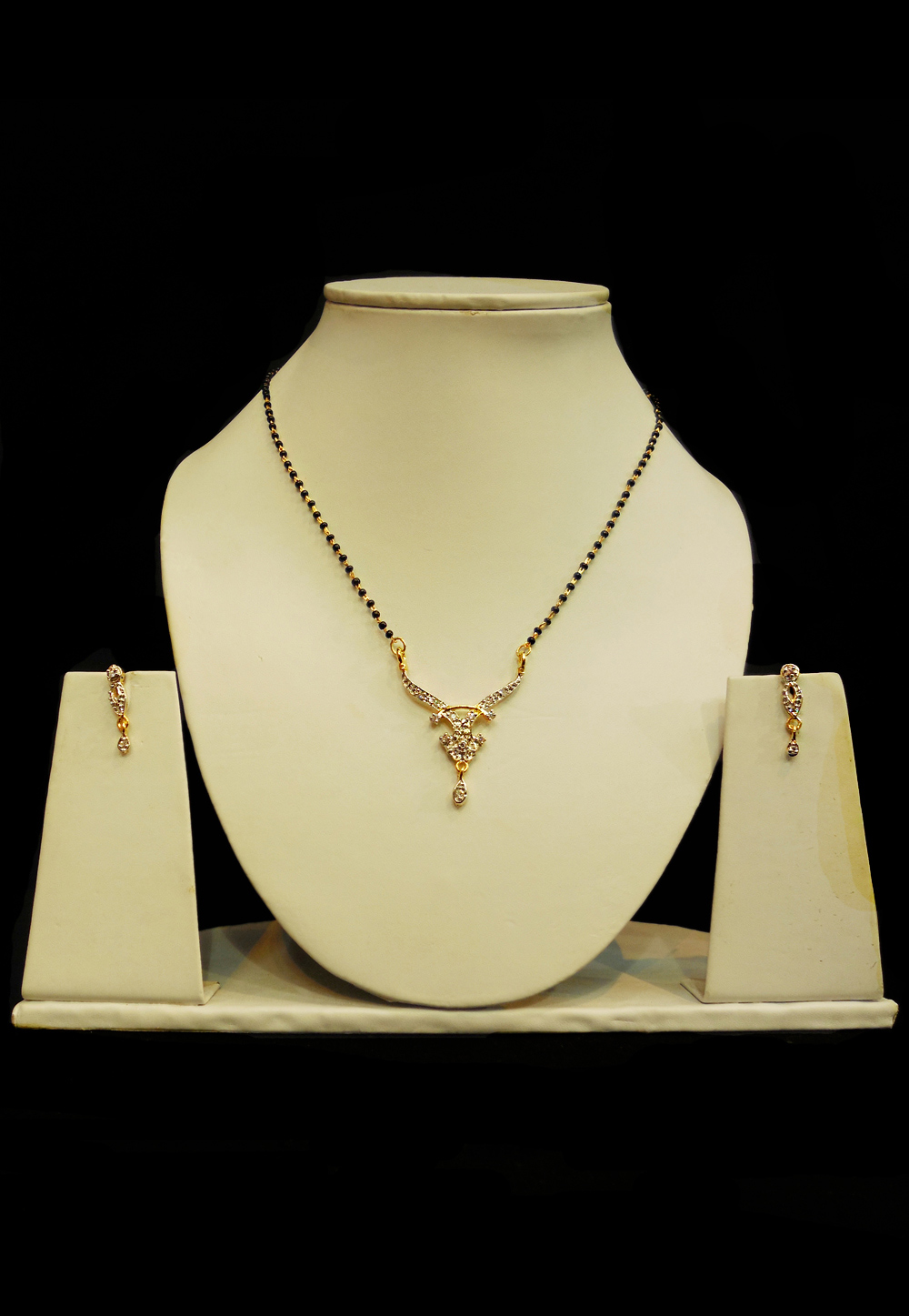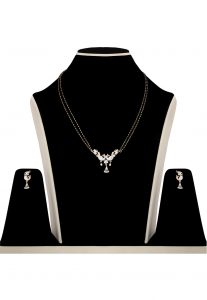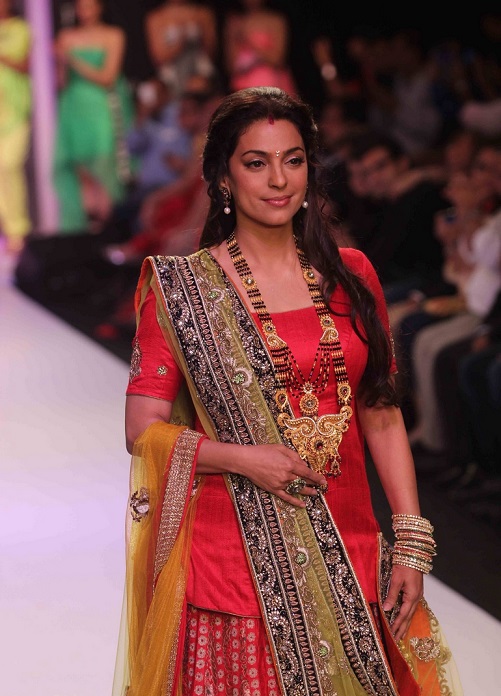
Mangalsutra
Mangalsutra is a customary jewelry in most Hindu households which signifies a married woman and earns her due respect. It a tradition for the groom to tie this auspicious thread around the bride during the marriage ceremony. The black beads wards off evil spirits.
Origin & History
The origin of Mangalsutra as a sign of a married woman dates back to the 6th Century AD. A single yellow thread was tied around the bride before it came into existence. The sole purpose of this yellow thread was to keep the evil eye away from the couple. This yellow thread used to be tied around the girl’s hand and not the neck. But, in the present times, if one observes the yellow thread, it still exists as a custom in South India where the talli or Mangalsutra is a yellow chain with a gold pendant.
Style
In in the present times, they are made out of black beads. It is said that these black beads absorb the negative vibration and create everlasting happiness for the couple. Since the time the black beads marked a presence of the Mangalsutra, they have been contributing to a variety of designs and style. One can see that though the ancient beads still exist, it is made with the essence of current lifestyle and clothes being taken into account. Most of them have become fashionable and aesthetic.
Influence over the Years
There is a vast difference in the Mangalsutra between the regions of North and South. The Mangalsutra in the southern parts is a yellow thread with a gold pendant which is influenced by the historical yellow thread called kankanabandhana. Over several years, black beads with two bowl-shaped gold bearings have become a popular culture of Mangalsutra in the northern parts.
Innovations

American Diamond Mangalsutra in White and Pink
With the style becoming a major component of the Mangalsutra, this bowl-shaped gold has been replaced with many other stylish varieties. The pendant may be different but, what remains the same is the black beads. The southern regions have observed no such change in their Mangalsutra. It is still a yellow thread marked with a gold pendant in the form of shankha and chakra, the traditional symbols.
Occasion Dressing
Once a girl gets married, it becomes a permanent form of jewelry adorns her body. One can see that whenever a married woman attends family functions or festivals, she has to compulsorily wear this piece of jewelry. In the present times however, most working women do not wear this jewelry on a regular basis but wear it on ceremonial occasions.
Suitability
The gold piece of mangalsutra ideally does not suit everyone. There are people who have issues with gold and, hence wear a regular piece of thread instead. When people move out in western wear, they do not ideally wear a Mangalsutra as it tends to look out of place. Workplace suitability matters as most workplaces do not allow married women to wear it.
Global Influence
One can see a lot of global influence on the Mangalsutra in terms of styling and the stones being used to enhance its inherent style. Moreover, the culture has been adopted by many cross-cultural weddings where the grooms or the brides belong to a foreign land.
Accessorizing
It is an accessory in itself. Along with the Mangalsutra, to define a married woman is red bangles, a red bindi and gold piece of earrings. One can wear all of these when wearing a saree. Some people can carry the Mangalsutra well while wearing a western dress and chuda. Sindur is also an important accessory that compliments the value of a Mangalsutra.
Chronicles of the Future Foretold
It can be seen that there is a lot of global influence regarding this piece of jewel. It has enhanced in terms of style because of a lot of global influence. They are gaining importance in a very contemporary way.
Interesting Facts & Comparisons
- It has undergone tremendous redefinition in the northern parts of India but, is still very traditionally styled in the South.
- It was basically designed to erase out all the evil vibes that surround the couple during the wedding.
- In the southern part, it has three knots of which two are tied by the groom and one by the groom’s sister.
- It is bought by the groom for his bride.
References
Categories: Cultural Connections, Traditional Practices

